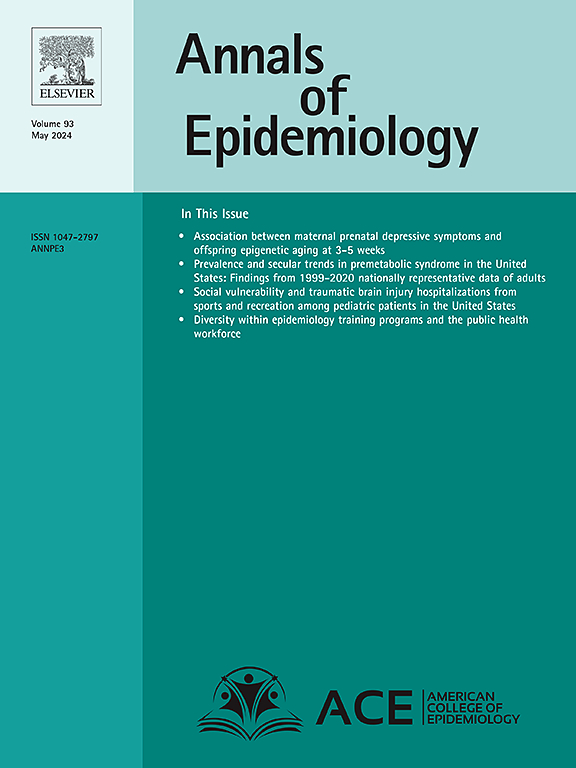从青少年到成年的历史红线和犯罪轨迹。
IF 3.3
3区 医学
Q1 PUBLIC, ENVIRONMENTAL & OCCUPATIONAL HEALTH
引用次数: 0
摘要
目的:区域层面的研究发现,在历史上被划红线的社区,当代犯罪率更高。然而,缺乏多层次的研究来评估生活在历史上的红线地区,随着时间的推移犯罪的个人模式之间的关系,以及这种关系是否在不同的种族-民族群体中有所不同。方法:数据来自全国青少年到成人健康纵向研究的I、III、IV和V波(n = 7,843;年龄11-44岁),包括最近由房主贷款公司(Home Owners’Loan Corporation)提供的20世纪30年代的数字化红线地图。使用基于年龄的增长曲线模型,我们估计了非西班牙裔黑人、西班牙裔和非西班牙裔白人美国人从青春期到成年生活在以前的红线区域内(vs.外部)的犯罪犯罪率。结果:从青春期开始,黑人和西班牙裔受访者通常比白人同龄人报告更多的犯罪行为,而不考虑是否有红线。随着受访者步入成年,犯罪报告呈指数级增长,接近于零。然而,相对于白人和非白人,居住在红线区域的黑人和西班牙裔受访者的犯罪率下降平均滞后两年。结论:研究结果表明,以前被划为红线的城市地区可能仍然会促进犯罪行为,特别是对于正在过渡到成年期的黑人和西班牙裔青少年。未来的研究和政策应解决制度化隔离对公共安全和社区福祉的长期影响。本文章由计算机程序翻译,如有差异,请以英文原文为准。
Historical redlining and criminal offending trajectories from adolescence to adulthood
Purpose
Area-level research finds higher contemporary crime rates in historically redlined communities. However, there is a lack of multilevel research assessing the relationship between living in a historically redlined area, individual patterns of criminal offending over time, and whether this relationship varies for different racial-ethnic groups.
Methods
Data are from Waves I, III, IV, and V of the National Longitudinal Study of Adolescent to Adult Health (n = 7843; ages 11–44), including recently digitized 1930s redlining maps from the Home Owners’ Loan Corporation. Using age-based growth curve models, we estimate rates of criminal offending for non-Hispanic Black, Hispanic, and non-Hispanic White Americans who live inside (vs. outside) formerly redlined areas from adolescence to adulthood.
Results
Starting in adolescence, Black and Hispanic respondents typically report more criminal offenses than White peers, regardless of redlining. As respondents transition to adulthood, reports of criminal offenses approach zero at an exponential rate. However, declines in criminal offenses are lagged by two years, on average, for Black and Hispanic respondents who live in redlined areas, relative to White and non-redlined counterparts.
Conclusions
Findings suggest formerly redlined urban areas may still promote criminal behavior, particularly for Black and Hispanic adolescents transitioning to adulthood. Future research and policy should address the long-term consequences of institutionalized segregation for public safety and community well-being.
求助全文
通过发布文献求助,成功后即可免费获取论文全文。
去求助
来源期刊

Annals of Epidemiology
医学-公共卫生、环境卫生与职业卫生
CiteScore
7.40
自引率
1.80%
发文量
207
审稿时长
59 days
期刊介绍:
The journal emphasizes the application of epidemiologic methods to issues that affect the distribution and determinants of human illness in diverse contexts. Its primary focus is on chronic and acute conditions of diverse etiologies and of major importance to clinical medicine, public health, and health care delivery.
 求助内容:
求助内容: 应助结果提醒方式:
应助结果提醒方式:


